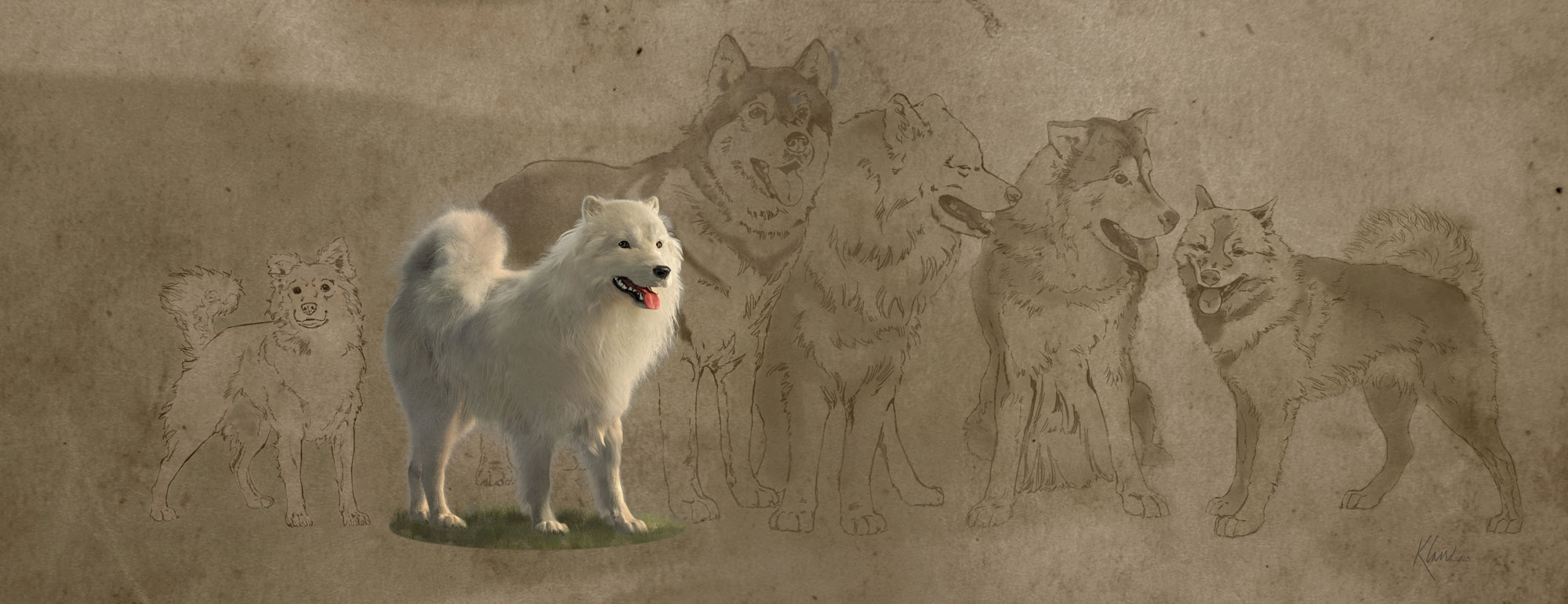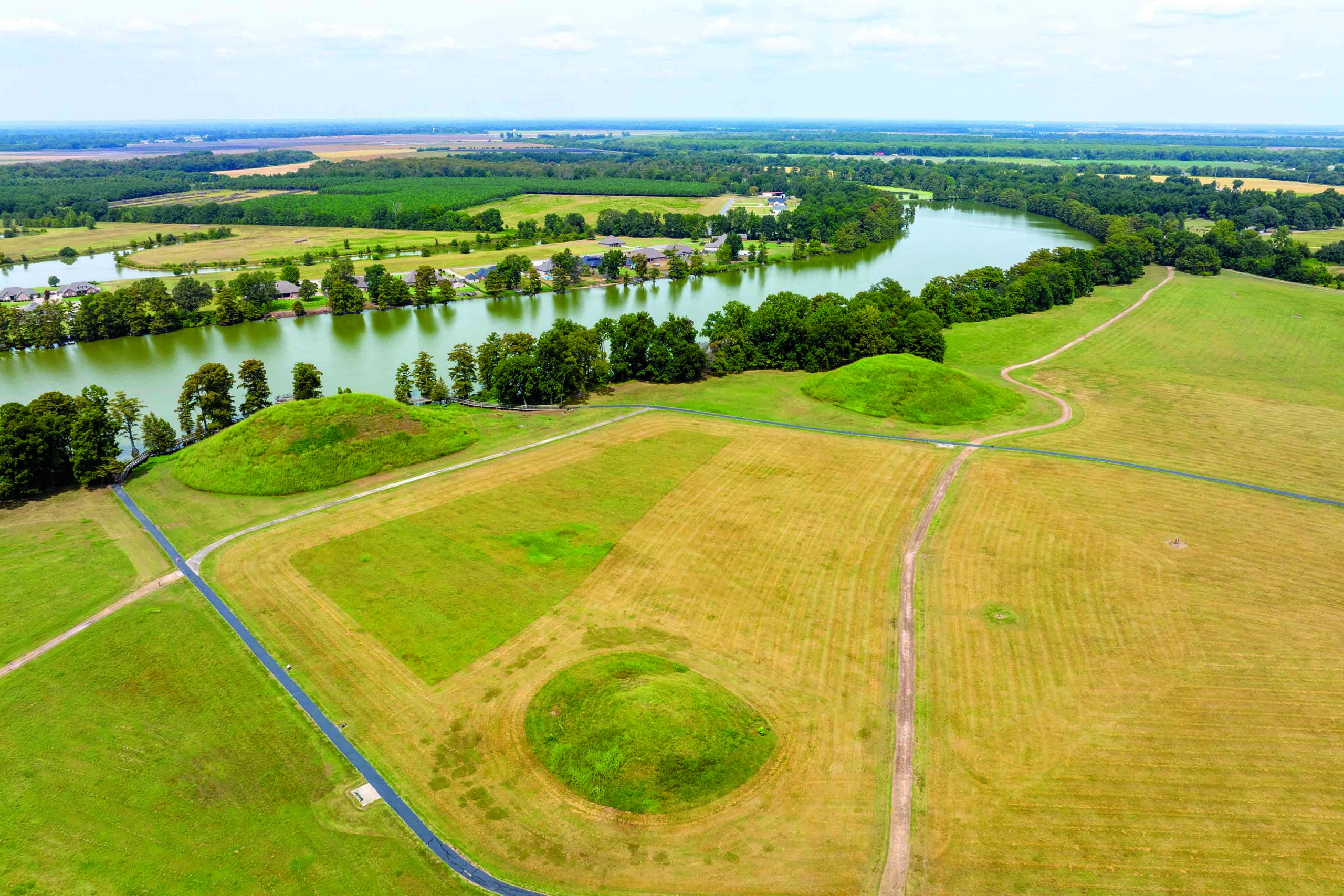
MONTVALE, NEW JERSEY—Researchers from Harvard University and Montclair State University, in partnership with the Ramapough Lunaape Nation, uncovered worked conch shells on private property in northeastern New Jersey, according to a report in The Pascack Press. Such conch shells were used to make wampum, and arrived in New Jersey as ballast on ships from the Caribbean. Historic records suggest the home where the shells were discovered was once owned by people who worked at the Campbell Wampum Mill, which was located about two miles away. The Campbell Wampum Mill used machines to mass produce shell beads and hair pipes, which were won by Native Americans at important ceremonies, as late as 1890. Earlier archaeological investigations in the region failed to find any evidence of wampum-making. “This is the smoking gun archaeological signature we have been searching for all summer,” said Eric Johnson of Harvard University. Finished wampum was sold to New York merchants, who traded with Native Americans. Evidence of a workshop was uncovered at the site of the residence, based on the large quantities of shell pieces recovered. To read about Pequot wampum beads and other colonial artifacts recently unearthed at the site of Connecticut's oldest English town, go to "World Roundup: Connecticut."










